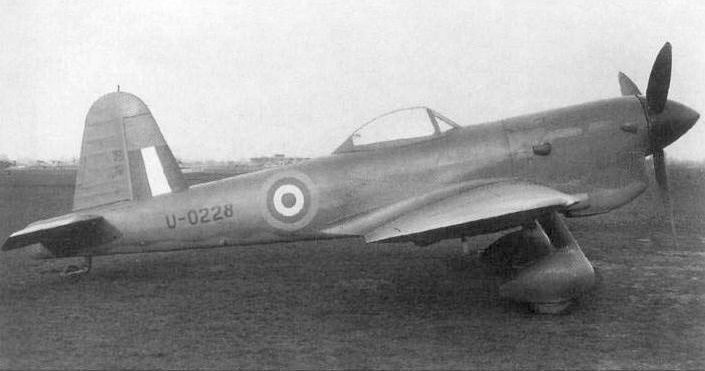 | ||
United Kingdom aircraft test serials are used to externally identify aircraft flown within the United Kingdom without a full Certificate of Airworthiness. They can be used for testing experimental and prototype aircraft or modifications, pre-delivery flights for foreign customers and are sometimes referred to as "B" class markings.
Contents
1930s
An initial set of markings was introduced in 1929, each company was allocated a letter to which would follow a number, sometimes with a hyphen or a gap between. For example A was allocated to the Armstrong Whitworth Aircraft and A 1 was used in March 1930 on an Armstrong Whitworth Starling. Sometimes Hawker and Vickers would also add the letters PV to the markings to indicate a private venture (that is a type in development not paid for by the Air Ministry).
1940s
The presentation was changed to look like a military serial for security reasons during the Second World War. For example the prototype de Havilland Mosquito was allocated test markings E-0234.
1948
Following a change back to the original system in 1946 a new system was introduced on 1 January 1948. Each company was allocated a number which followed the British nationality marking G and then followed by an individual identity number. For example Blackburn Aeroplane & Motor Company were allocated G-2 and the first allocation G-2-1 was used on a Miles Messenger used as an engine testbed for the Cirrus Bombardier. Companies could allocate and re-use the identities as they liked, some ran in sequence from 1 and others used the aircraft manufacturers serial number as part of the marking, for example G-51-200 was a Britten Norman Islander with a manufacturers serial number of 200. Allocations of codes from defunct companies have been reallocated.
